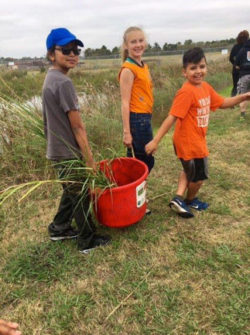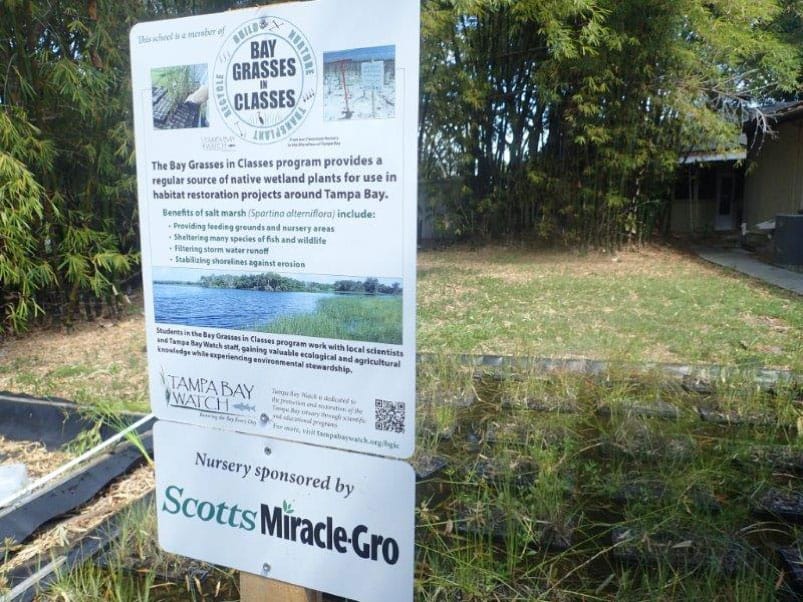By Carol Nowlin
Manager, Corporate Social Responsibility, ScottsMiracle-Gro
Protecting water quality is one of our Foundation’s top environmental priorities. Our national network of environmental partners tackle the issue in many different ways, from working with farmers to reduce nutrient runoff to searching for scientific breakthroughs in phosphorus removal.
Restoring coastlines, protecting water quality
 Several of our partners take a different approach, focusing on protecting and restoring natural coastlines in critical areas like the Gulf of Mexico and the Great Lakes. These partners replant native grasses, restore wetlands and build oyster-shell reefs where new mollusks can grow and filter the water. This is important because natural coastlines help to slow down, filter and even capture the flow of nutrients off the land.
Several of our partners take a different approach, focusing on protecting and restoring natural coastlines in critical areas like the Gulf of Mexico and the Great Lakes. These partners replant native grasses, restore wetlands and build oyster-shell reefs where new mollusks can grow and filter the water. This is important because natural coastlines help to slow down, filter and even capture the flow of nutrients off the land.
Two of these organizations are Galveston Bay Foundation and Tampa Bay Watch. As members of Restore America’s Estuaries, a national organization dedicated to protecting and restoring bays and estuaries, both groups run programs engaging young people in coastal restoration and water quality protection.
Building resilience for students and coastlines after the storm
Both Galveston and Tampa were affected by severe hurricanes during the project year. Living through these destructive storms also affected many of the young program participants directly–something the program staff responded to with sensitivity.
About its Get Hip to Habitat program, the Galveston Bay Foundation team shared, “During the 2017-18 school year, Hurricane Harvey affected the program significantly. Schools had to reschedule their harvest dates and some schools had to cancel participation altogether. Many districts lost school buses in the flooding, so we had to adjust our daily itinerary to work with the new bus times. With the number of students losing personal belongings, we bought more neoprene booties for use in the field and extra clothes. We also had to be more sensitive to students who were averse to getting into the water due to their experiences with the flooding.”

After Hurricane Irma, the Tampa Bay Watch Bay Grasses in Classes (BGIC) team noted, “Fortunately, our students and teachers, as well as the nurseries, were not impacted to the point that they were no longer able to participate, but our events were affected throughout the rest of the 2017/2018 school year…. We’ve been surprised by how willing the teachers were to fit BGIC activities into a challenging schedule, and also by the students’ resiliency and willingness to help.”
In spite of these challenges, both programs saw many successes. In Galveston Bay, 1,330 young people planted 6,300 cordgrass stems and built 143 linear feet of oyster reef. In Tampa Bay, 3,922 students from 15 schools transplanted 8,500 native grass plugs.
The work these students have achieved is helping improve water quality in fragile coastal areas. These programs have also provided them an opportunity to build more storm-resilient coastlines for the future.

